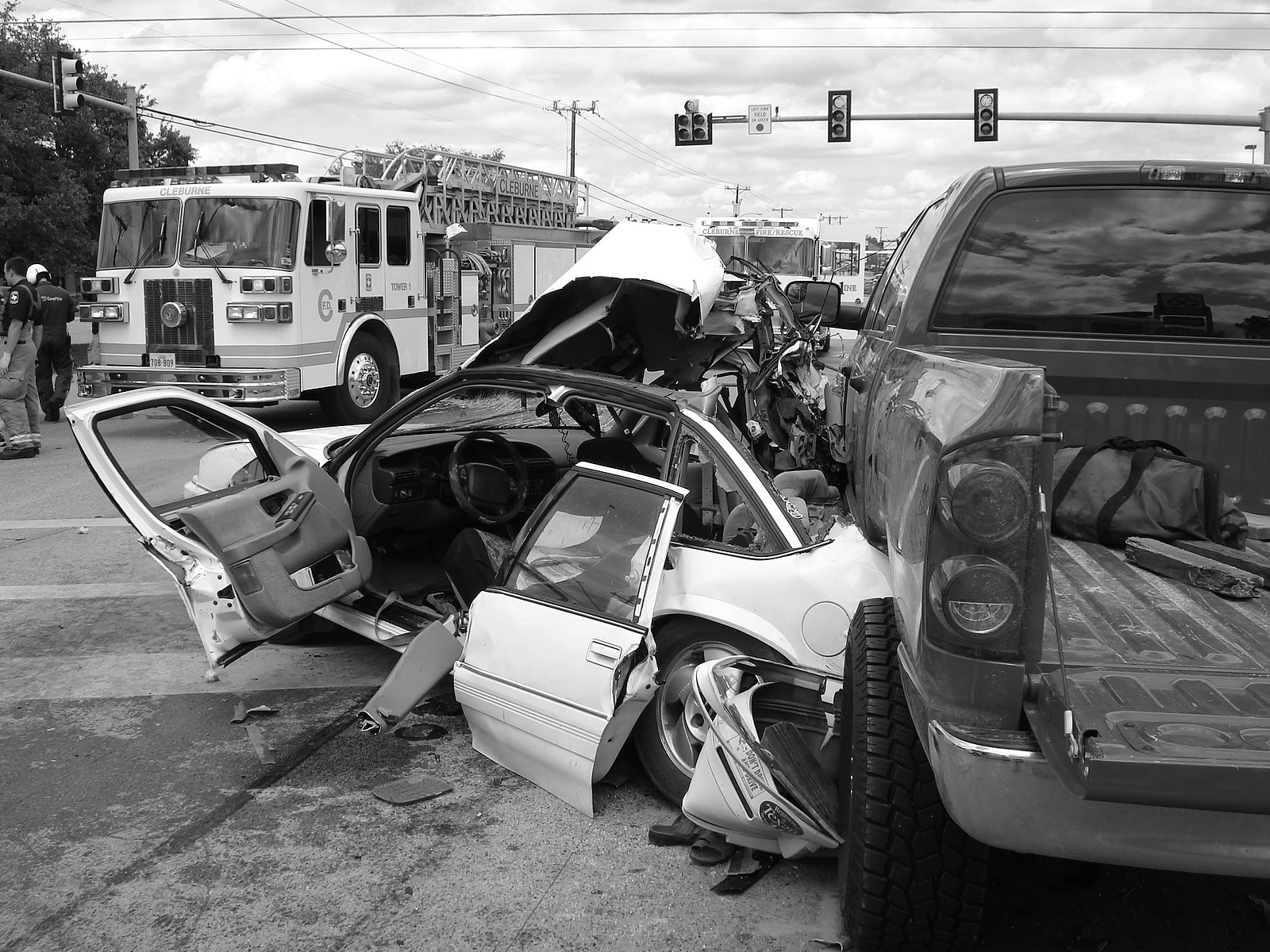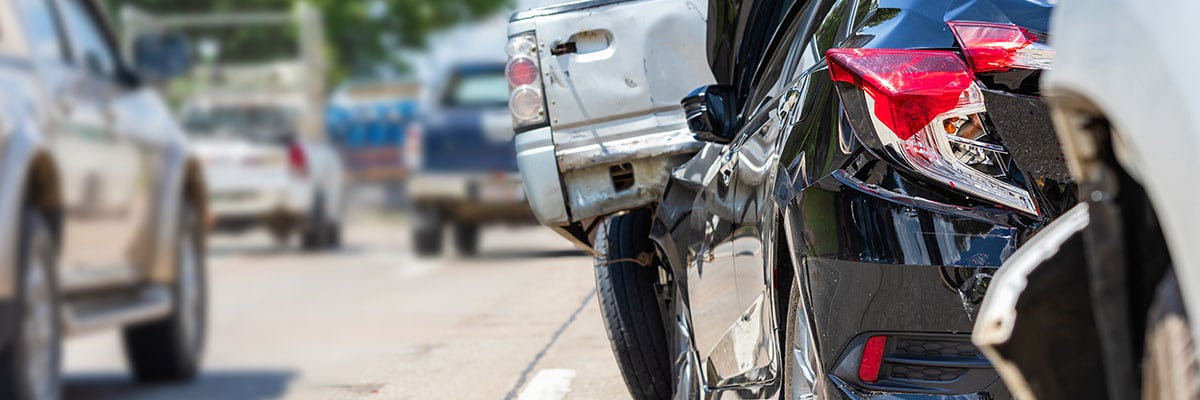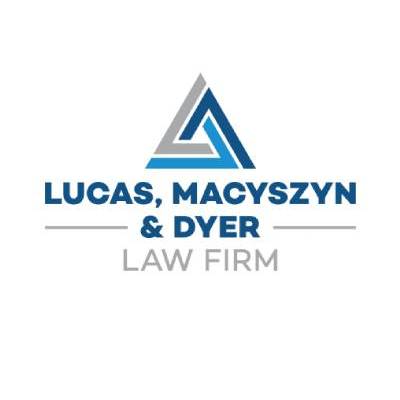
Intersection accidents are among the most dangerous types of road incidents due to the convergence of traffic from multiple directions. This complexity increases the risk of high-impact collisions that result in severe injuries, costly medical needs, and time away from work.
Securing fair compensation for an intersection accident claim is challenging, but it’s possible with the experienced New Port Richey car accident attorney and right legal representation.
What Is an Intersection Accident?
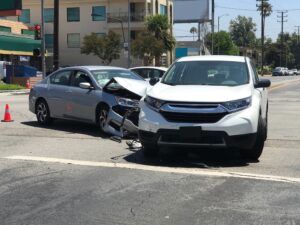
An intersection accident is a type of road crash that occurs where two or more roads cross each other. These accidents often happen because drivers fail to follow traffic rules or because they are not paying enough attention to their surroundings.
At intersections, cars, trucks, bicycles, and pedestrians all meet, which increases the chance of collisions. Intersection accidents can cause serious injuries or even death because they often involve direct impacts and happen at higher speeds.
Drivers cause intersection accidents in several ways. Some run red lights or stop signs, leading to crashes with vehicles that have the right of way. Others make turns without properly checking for oncoming traffic or pedestrians.
Speeding through intersections is another common cause of accidents, as it reduces a driver’s ability to react to changes, like sudden stops or unexpected pedestrian crossings.
Why Are Intersections So Dangerous?
Here are some key factors that make intersections hotspots for potentially devastating collisions:
High Speed and Sudden Stops
Intersection accidents are dangerous because they often involve high speeds and sudden stops. When drivers approach intersections too quickly, they have less time to react to traffic signals or the actions of other drivers, cyclists, or pedestrians. High speed reduces the effectiveness of safety measures like airbags and seatbelts.
Also, if a driver tries to stop suddenly to avoid an accident with one vehicle, it can lead to a rear-end collision with another vehicle. Rear-end accidents are particularly common at intersections. These types of crashes can cause severe injuries, especially if one vehicle is much larger or heavier than the other.
Multiple Directions of Traffic
Another reason intersection accidents are dangerous is the fact that traffic comes from multiple directions. Intersections bring together vehicles traveling along different vectors, which increases the risk of side-impact collisions.
These collisions, which some call “T-bone” crashes, happen when the front of one vehicle hits the side of another. They are particularly dangerous because the sides of cars have less protection than the front or rear. This lack of protection means passengers are more likely to suffer severe harm in a T-bone crash.
Presence of Vulnerable Road Users
Intersections are also dangerous due to the presence of vulnerable road users like pedestrians and bicyclists. These individuals are at a higher risk in intersections because they have less protection than people in vehicles.
When cars or trucks hit pedestrians or bicyclists, the resulting injuries are often severe or fatal. The risk increases if drivers are speeding, distracted, or violating the right of way. Pedestrians and bicyclists are also harder to see, especially in poor lighting conditions, further increasing the risk of accidents.
Complex Traffic Patterns and Signals
Some intersections are dangerous because of their complex traffic patterns and signals. If traffic signals are hard to read, drivers might become confused about which way they can turn, when to yield, or what each traffic signal means.
This confusion can lead to wrong decisions, like turning when it’s unsafe or misjudging the actions of other drivers. Also, when a driver is unfamiliar with an intersection, they might not notice or understand unique traffic signals or signs.
This lack of understanding can lead to accidents, as drivers might inadvertently violate traffic rules even after seeing relevant signs.
Intersection Accident Statistics
Recent statistics from the Federal Highway Administration (FHWA) illustrate a concerning reality: intersections are a major site of traffic-related fatalities and injuries in the United States.
Below are some key statistics that reveal the extent of this pressing issue.
- Every year, about one-quarter of traffic fatalities and roughly half of all crash injuries in the United States occur at intersections.
- A total of 38,824 traffic fatalities occurred nationwide, with 10,626 (27.4 percent) of these involving an intersection.
- Among these intersection accident fatalities, 7,089 (66.7 percent) occurred at unsignalized intersections. Unsignalized intersections lack traffic signals and have stop signs, yield signs, or no road signs at all.
- Unsignalized intersections were the sites of 895 pedestrian fatalities and 204 bicyclist fatalities.
- The same year, 3,537 total traffic fatalities (33.3 percent) occurred at signalized intersections. Signalized intersections are those with traffic lights or other electronic traffic signals.
- Fatalities involving red-light running at signalized intersections totaled 1,053, or 29.8 percent of fatalities at signalized intersections.
- Also that year, there were 779 pedestrian fatalities and 151 bicyclist fatalities at signalized intersections.
- Red-light running alone resulted in 57 fatalities among pedestrians and bicyclists combined.
Who Is Liable for an Intersection Accident?
Intersection accidents often involve complex situations that make determining fault a challenge.
Depending on the circumstances, you could hold any of these parties liable for an intersection accident:
- Drivers: The most common liable parties in intersection accidents are the drivers who crash. A driver is responsible if they fail to follow traffic laws, such as by running a red light, speeding, or not yielding the right of way. If a driver is inattentive, under the influence of alcohol or drugs, or driving recklessly, they can cause devastating accidents at intersections.
- Pedestrians or Cyclists: Pedestrians and bicyclists are also sometimes liable for intersection accidents. For instance, if a pedestrian jaywalks or crosses the street against a traffic signal, they might cause a driver to swerve and hit another vehicle. Similarly, if a cyclist runs a red light or turns illegally at an intersection, they could be the cause of an accident.
- Local Governments: A local government entity could be liable if an intersection’s design or lack of maintenance contributes to an accident. This includes issues like malfunctioning traffic signals, inadequate signage, or poor intersection designs that confuse drivers or create hazardous conditions. If a crash survivor proves that the accident was partly or entirely due to such factors, they could hold the local government responsible.
- Vehicle Manufacturers: In some cases, the manufacturer of a vehicle that is in an intersection accident could be liable. For example, a manufacturer could be responsible if a vehicle defect, such as faulty brakes or a malfunctioning steering system, contributes to the accident. If a vehicle manufacturer fails to ensure the safe design, manufacture, or function of a vehicle, they could be liable for any accidents resulting from these safety defects.
Evidence in Intersection Accident Cases
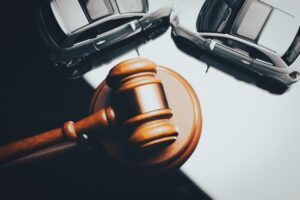
Proving liability in intersection accident injury claims requires careful collection and analysis of various types of evidence.
Lawyers often use this evidence to build strong cases and demonstrate fault in these accidents:
- Witness statements
- Traffic camera footage
- Surveillance videos from nearby businesses
- Photos of the accident scene
- Photos of vehicle damage
- Dashcam footage
- Cell phone records
- Blood alcohol content (BAC) reports
- Weather and traffic reports
- Medical records of injuries
- Expert witness testimony
- Vehicle maintenance records
- Black box data from vehicles
- Diagrams of the accident scene
- Traffic signal timing data
- Road condition reports
- Skidmark analysis
- Vehicle damage reports
- Accident reconstruction reports
- Records of previous accidents at the same intersection
What Do I Do After an Intersection Accident?
In the aftermath of an intersection accident, you can take certain steps to ensure your health and safety and protect your legal rights.
Here’s what you should do:
- Follow your doctor’s orders and attend follow-up appointments as necessary.
- Contact an intersection accident attorney as soon as possible.
- Inform your insurance company about the accident.
- Keep a detailed record of any symptoms or pain you experience.
- Start a file of all accident-related documents and correspondence.
- Obtain a copy of the accident report from the police.
- Document your recovery progress with photos and journal entries.
- Keep all medical bills and receipts for your treatment.
- Record any missed work days or lost income.
- Avoid discussing the accident details on social media.
- Get a property damage estimate for your vehicle.
- Collect the contact information of any witnesses if you haven’t already.
- Write down your own detailed account of the accident.
- Determine whether any traffic cameras recorded the accident.
- Review your insurance policy with your lawyer for coverage details.
- Avoid signing any documents from insurers without legal advice.
- Never accept any settlement offers without guidance from your lawyer.
Dealing With Insurance Companies After an Intersection Accident
Dealing with insurance companies after an intersection accident is often a tough and confusing process. Insurance companies usually aim to settle claims quickly and for as little money as possible.
They commonly offer settlements that seem good at first but don’t fully cover your medical bills or other losses. These companies also have experienced adjusters and lawyers working for them, and these professionals are experts in reducing the amount the company pays out.
When you are recovering from an accident, the thought of handling insurance claims and negotiations might seem overwhelming. You might not know all your rights or the true value of your claim. This is where having a lawyer can make all the difference. A lawyer knows the legal process and understands how to demand fair consideration from insurance companies.

A lawyer can also gather evidence to support your claim. This includes medical records, police reports, and witness statements. They use this evidence to prove how the accident happened and who was at fault.
With the right evidence, they can negotiate aggressively with the insurance company on your behalf and fight for a settlement that covers all your expenses and losses. And if the insurance company does not offer a fair settlement, a lawyer can take your case to court.
How Much Is My Intersection Accident Case Worth?
It depends. No two intersection accidents are alike, so the value of intersection accident cases can vary considerably based on the circumstances.
Depending on your situation, you could seek compensation for the following when you file your intersection accident claim:
- Past and future medical expenses
- Out-of-pocket expenses
- Lost income
- Lost future earning potential
- Pain and suffering
- Lost quality of life
The amount you can claim for each of these types of compensable losses will depend on various factors unique to the accident, such as:
-
- Injury Severity: Severe injuries with long-term effects on your life, such as chronic pain, mobility issues, or cognitive impairments, increase your claim’s value. These injuries often require extensive medical treatment, including surgeries, rehabilitation, and ongoing therapy. The more your injuries disrupt your daily life and future, the higher your claim’s value.
- Liability: The degree of fault or liability of each party in the accident significantly influences the claim’s value. If clear evidence indicates that another party is entirely at fault, you will have a better chance of recovering full compensation. And if multiple parties are at fault, you might have more opportunities to seek compensation from different sources.
- Insurance Policy Limits: The insurance policy limits of the at-fault party are another important factor in determining how much money you get your claim. These limits dictate the maximum amount the insurance company will pay out for a single accident. Even if your injuries and losses warrant higher compensation, the insurance policy’s limits cap the amount you can receive. If your expenses exceed the policy limits, you might need to seek additional compensation through legal action or explore other insurance policies.
- Quality of Evidence: The quality and strength of the evidence you have can greatly affect the value of your claim. Clear, compelling evidence that demonstrates the other party’s fault, such as high-quality video footage, detailed witness statements, or accident reconstruction reports, strengthens your claim. The evidence should clearly depict how the accident occurred and the extent of the injuries you suffered. Strong evidence not only helps in proving liability but also in justifying the amount of compensation you are claiming, making it easier to demand a fair settlement.
- Legal Representation: Having experienced legal representation can significantly increase the value of your claim. A skilled lawyer can effectively negotiate with insurance companies, present your case more persuasively, and properly value all aspects of your claim. They understand the relevant laws and can advocate for your best interests, often leading to a higher settlement than what you might achieve on your own.

